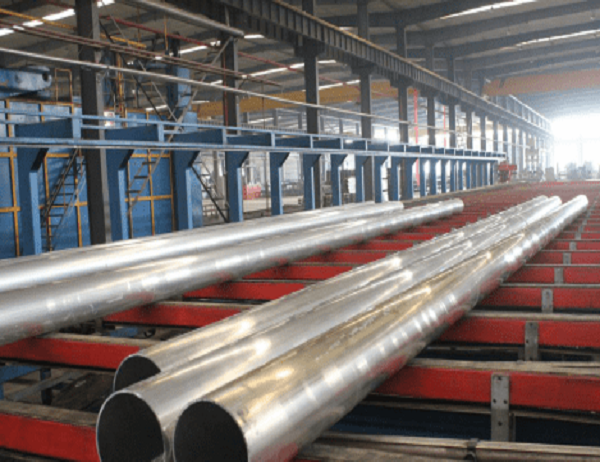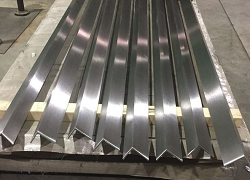In the realm of modern construction, aluminum molding profiles have emerged as a versatile and aesthetically pleasing material. However, the environmental implications of their production and disposal cannot be overlooked. This article delves into the intricate tapestry of these impacts, unraveling the threads that connect aluminum molding to the health of our planet.
Extraction and Production:
The extraction of raw aluminum from bauxite ore is an energy-intensive process that releases significant amounts of greenhouse gases. Refining the ore into pure aluminum further exacerbates this environmental burden, consuming massive amounts of electricity and producing hazardous waste products.
Transportation and Fabrication:
Once refined, aluminum travels long distances to fabrication plants, where it is shaped into molding profiles. This transportation process adds to the carbon footprint of the product, contributing to air pollution and climate change.
Durability and Disposal:
While aluminum is renowned for its durability, it presents challenges when it comes to disposal. Unlike biodegradable materials, aluminum does not decompose naturally and often ends up in landfills, where it can leach harmful toxins into the environment. Incinerating aluminum releases toxic fumes, adding to air pollution.
Environmental Mitigation Strategies:
Recognizing the environmental concerns, manufacturers have begun to implement mitigation strategies. These include:
Recyclability: Aluminum is infinitely recyclable, meaning it can be melted down and reused without losing its properties. Recycling significantly reduces energy consumption and environmental impacts.
Green Production: Some manufacturers are transitioning to sustainable production practices, such as using renewable energy sources and minimizing waste.
Eco-Friendly Alternatives: Alternative materials, such as recycled plastics or bamboo, offer environmentally friendly options for molding profiles.
Conclusion:
The environmental impact of aluminum molding profiles is undeniable. However, through responsible extraction, production, and disposal practices, we can minimize their negative effects on our planet. By embracing recycling, green production, and eco-friendly alternatives, we can ensure that the beauty of aluminum molding profiles does not come at the expense of environmental well-being.



